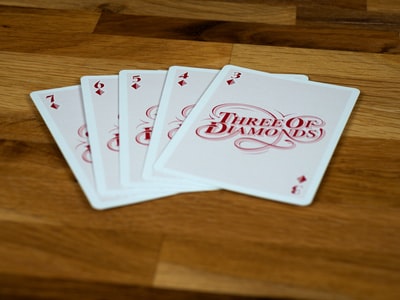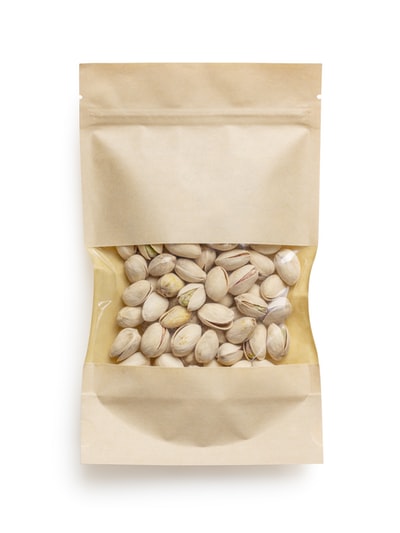When planning a marketing mix a business should consider the four Ps:

- Product: a business needs to consider whether the product meets the needs of its customers.
- Pricing: the right pricing strategy needs to be chosen. Some consumers look for the lowest price while others consider a low price to equal low quality.
- Place: this refers to how and where the product’s sold and which distribution channels are used.
- Promotion: this is how the product reaches its consumers and potential consumers.
Using the marketing mix: product
Products tend to come under two main categories:
- consumer products
- producer products
Consumer products

– Convenience products: these are fast-moving consumer goods (fmcg) which can be purchased from supermarkets and tend to have a low profit-margin. For example, toilet paper, bread, or soap.
– Shopping products: these are durable products which are only brought occasionally and have a high-profit margin. For example, washing machines or televisions.
– Speciality products: these items are very expensive and have very large profit-margins. Due to the fact that a large investment is required a consumer will tend to take a lot of time deciding whether to purchase such a product or not. Examples include a house or a car.
Producer products

- Generating ideas: when coming up with ideas a company needs to take a number of issues into consideration including if the product meets the objectives of the company, if the business has the capacity to deal with a new product, or if new personnel will be needed.
- Testing the concept: primary research is required to find out what consumers think of the new idea. From this research changes can be made to the product that will make it better for the market.
- Cost and revenue analysis: production costs and the selling price should be analysed in order to figure out the profitability of the product.
- Prototype development: a prototype can now be developed based on the market research. The development stage must be carefully documented as any changes made later will be both costly and time-consuming.
- Test marketing: before being properly launched a business may decide to test market the product in a small geographical region first. If the product receives a good response then the product can be launched on a national basis. Otherwise, modifications, maybe to the price or packaging, need to be made first.
- National launch: the product now enters the introduction stage of its life-cycle. This is very costly as extensive advertising is required.
A lot of product ideas don’t make it to the market place while many that do get launched fail within a few months. The most successful businesses at introducing new products usual meet a number of specific criteria:
- – they develop more new products than their competitors, usually two to three times the number
- – they get their product into the market place quickly
- – they get the product out into a number of different markets
- – their after-sales service is very efficient
Product life-cycle
A product goes through various stages within its ‘life’ during which its level of sales changes. The length of a product’s life-cycle is different depending on the product and the industry. In general, however, there are six stages:
– Development
– Introduction
– Growth
– Maturity
– Saturation
– Decline
Development
A lot of time is spent on developing and designing a product. In order to get an idea of potential sales and the profit of the product a prototypeis usually test-marketed first. This will then dictate whether the product is launched or not. A lot of money can be spent on this stage and could result in a high negative cash flow. In general, only about one in five new products gets past the development stage.
Introduction

Growth
This stage is reached once the new product has been recognised by consumers and repeat-purchasers are being made. The product has now started to be profitable although advertising for it is still extensive. Businesses also have to be aware of competitors who could try and cash in on its success by creating a similar product.
Maturity
The growth stage is prolonged for as long as possible but eventually the maturity stage is reached. The rate in sales growth decreases and the product will nearly have got to its maximum market share. It’ll also be competing with similar products on the market.
Saturation
Sales will have reached their peak and the product will be competing with many others. A business can now decide whether they want to try and prolong the product’s life-cycle with an extension strategyor not.
Extension strategies
If a business believes that a product can continue to reach higher sales levels then they might decide to use one or more extension strategies. Strategies include:
- modifying how the product looks or its packaging
- identifying other ways in which the product can be used
- finding a new market for the product
- encouraging consumers to use the product more
- changing the product’s ingredients
An extension strategy aims to delay the next and final stage: decline.
Decline
The final stage is where sales of the product go into decline. This is usually due to a change in consumer tastes, the introduction of new technology, or competitors introducing better products.
Boston Matrix
The Boston Matrix is a method used to analyse a business’ product portfolio (in other words, the number of products a business is producing at a particular time). Its name derives from its creators: the Boston Consulting Group. The products are divided up into four categories depending on their share in the market and their growth level.
Problem child
Also known as Question Marks or Wild Cats, this product has a low market share within a high growth industry. Usually these products have only just been released into the marketplace and so are still in the introduction stage of their life-cycle. In order to improve their market share it’ll require a large amount of financial backing to promote it.
Stars
This product has a high market share in a high growth market. It’s very successful and is creating a lot of revenue for the company. However, it’s in the growth stage of its life-cycle and a lot of money is required to keep it ahead of its competitors.
Cash cows
This product has a high market share in a stable market. It’s in the mature or saturation stage of its life-cycle and is bringing in a lot of revenue for the company. This money can then be used for any ‘problem child’ products.
Dogs
This product has a low market share in a low growth market. No more revenue is being produced by it and it’s now at the decline stage of its life-cycle. The company now has to decide whether it’s worth implementing an extension or deleting the product from its portfolio.
Asset-led marketing
This is where a business creates a strategy which is based on what strengths and assets it knows it has. New products are created based on how the business currently performs well with. For example, a lot of chocolate manufacturers have taken their confectionery products and entered the ice-cream market to create successful ice-cream lines, like Mars and Crunchie.
Adding value


